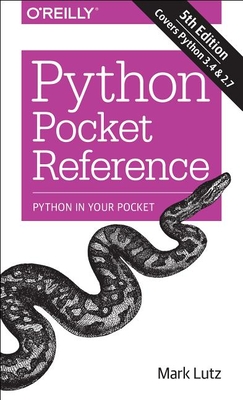VFCC: Cisco Voice Fundamentals for Contact Centers Training in Pensacola
Enroll in or hire us to teach our VFCC: Cisco Voice Fundamentals for Contact Centers class in Pensacola, Florida by calling us @303.377.6176. Like all HSG
classes, VFCC: Cisco Voice Fundamentals for Contact Centers may be offered either onsite or via instructor led virtual training. Consider looking at our public training schedule to see if it
is scheduled: Public Training Classes
Provided there are enough attendees, VFCC: Cisco Voice Fundamentals for Contact Centers may be taught at one of our local training facilities.
|
We offer private customized training for groups of 3 or more attendees.
|
||
Course Description |
||
| Voice Foundations for Cisco Collaboration (VFCC) from Sunset Learning
Institute is designed for engineers or administrators who are: new to
voice but experienced with data or; experienced in voice but new to
Cisco Voice and; need a fundamental knowledge of Cisco Voice
architecture solutions used in typical Voice Collaboration environments.
Course Length: 5 Days
Course Tuition: $3790 (US) |
||
Prerequisites |
|
| To fully benefit from this course, students should have the following prerequisite skills and knowledge: Working data and/or voice background. In this course, the assumption is that you have experience in either the data world or the telephony world, and are now being asked to gain knowledge on Cisco Unified Communications, which combines both worlds. ICND is a highly recommended prerequisite for this course if you are new to the data world | |
Course Outline |
|
Module 1: BGP Overview
Module 2: BGP Transit Autonomous Systems
Module 3: Route Selection Using Policy Controls
Module 4: Route Selection Using Attribute
Module 5: Customer-to-Provider Connectivity with BGP
Module 6: Scaling Service Provider Networks
Module 7: Optimizing BGP Scalability
Labs:
|
Course Directory [training on all levels]
Technical Training Courses
Software engineer/architect, System Admin ... Welcome!
- .NET Classes
- Agile/Scrum Classes
- AI Classes
- Ajax Classes
- Android and iPhone Programming Classes
- Azure Classes
- Blaze Advisor Classes
- C Programming Classes
- C# Programming Classes
- C++ Programming Classes
- Cisco Classes
- Cloud Classes
- CompTIA Classes
- Crystal Reports Classes
- Data Classes
- Design Patterns Classes
- DevOps Classes
- Foundations of Web Design & Web Authoring Classes
- Git, Jira, Wicket, Gradle, Tableau Classes
- IBM Classes
- Java Programming Classes
- JBoss Administration Classes
- JUnit, TDD, CPTC, Web Penetration Classes
- Linux Unix Classes
- Machine Learning Classes
- Microsoft Classes
- Microsoft Development Classes
- Microsoft SQL Server Classes
- Microsoft Team Foundation Server Classes
- Microsoft Windows Server Classes
- Oracle, MySQL, Cassandra, Hadoop Database Classes
- Perl Programming Classes
- Python Programming Classes
- Ruby Programming Classes
- SAS Classes
- Security Classes
- SharePoint Classes
- SOA Classes
- Tcl, Awk, Bash, Shell Classes
- UML Classes
- VMWare Classes
- Web Development Classes
- Web Services Classes
- Weblogic Administration Classes
- XML Classes
Business Training Courses
Project Managers, Business Analysts, Paralegals ... Welcome!
Upcoming Classes
Gain insight and ideas from students with different perspectives and experiences.
- Introduction to Spring 6, Spring Boot 3, and Spring REST
15 December, 2025 - 19 December, 2025 - Python for Scientists
8 December, 2025 - 12 December, 2025 - Fast Track to Java 17 and OO Development
8 December, 2025 - 12 December, 2025 - RED HAT ENTERPRISE LINUX SYSTEMS ADMIN II
8 December, 2025 - 11 December, 2025 - See our complete public course listing






